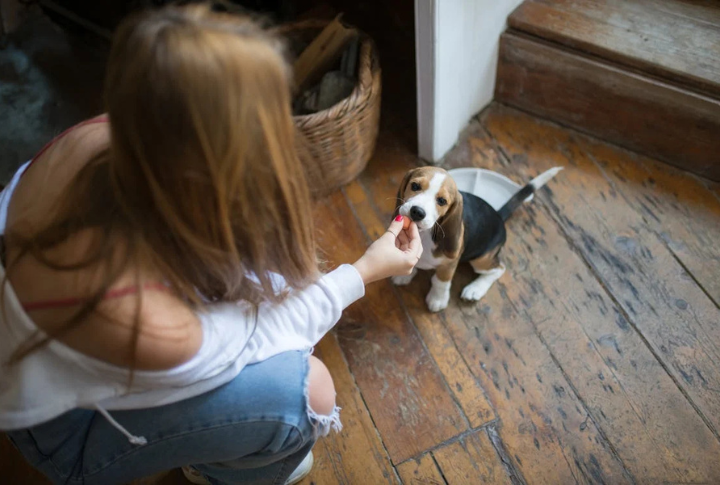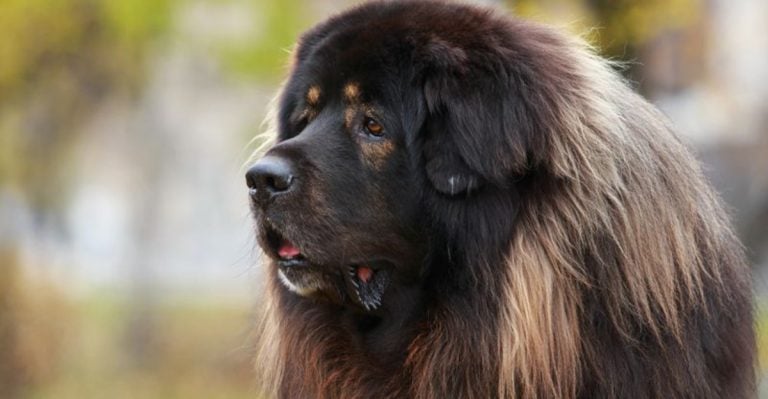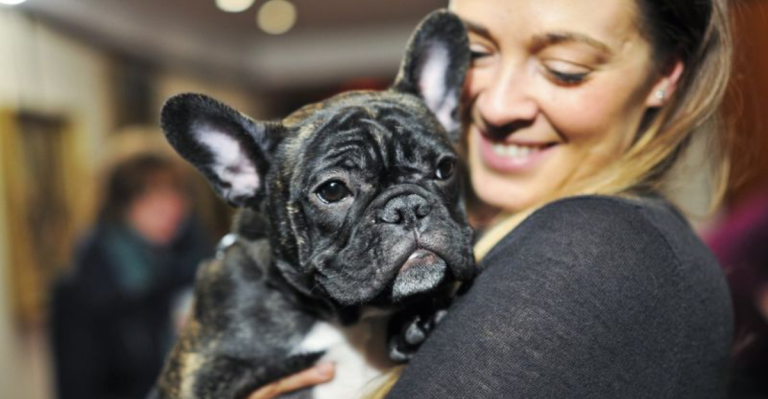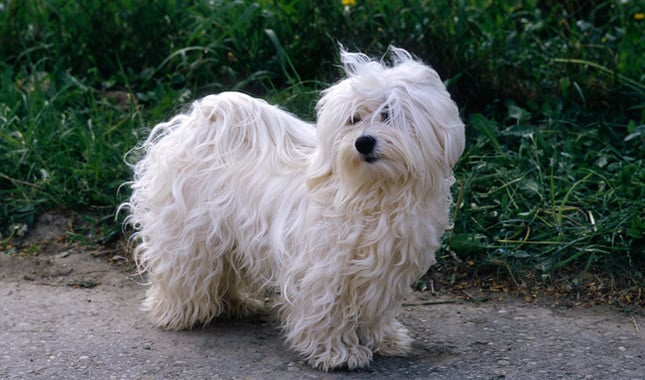Puppy Training Musts Before Their Second Year

You only get one shot at a puppy’s early years. That window between baby teeth and adult bark is when lifelong patterns get locked in. Waiting too long to teach the basics can lead to stress and safety risks. These are the lessons every dog should know by 2.
Responding To Their Name

A name is a lifeline, especially in crowded places or emergencies. To help a puppy learn their name, use positive reinforcement consistently when they look at you. Dogs quickly associate their name with treats, praise, and a clear tone. However, overusing their name without a purpose can cause it to lose its significance.
Potty Training

Potty training helps build trust and routine with your puppy. After playing or eating, puppies typically need to relieve themselves. Consistent outdoor breaks and crate training make this easier. Most dogs become reliable by six months, though small breeds may take longer because of their tiny bladders.
Walking On A Leash

A squirrel darts by, and your dog bolts. Leash training prevents impromptu sled-dog impressions. Begin indoors with a lightweight leash and practice attention exercises. Puppies are easily distracted, so keep walks short and positive. A well-trained leash dog also means fewer pulling injuries and better confidence during urban adventures.
Basic Commands

“Sit,” “stay,” and “leave it” are more than just tricks; they’re essential commands that help with impulse control and keep your dog safe. Canine behaviorists suggest that dogs trained in basic obedience before 6 months tend to have fewer behavioral problems. Keep training sessions short—5 to 10 minutes—using food rewards and praise to encourage good behavior.
Crate Comfort And Routine

“My dog loves his crate” might sound unbelievable, but it’s real when done right. Crates, when introduced gently, turn into safe, cozy dens instead of places of confinement. Puppies thrive on crate naps to help avoid overstimulation. To create a positive environment, always use soft bedding and toys, and never use the crate as a punishment tool.
Staying Calm Around Strangers

Exposure to unfamiliar people builds tolerance and reduces fear-based reactions. Structured greetings with rewards for calm body language work best. Dogs that aren’t socialized by 14 weeks often struggle later. That’s why it’s important to prioritize diverse interactions, such as with hats, wheelchairs, kids, and friendly adults.
No Biting Or Nipping

Those needle-sharp teeth feel less cute after the tenth ankle ambush. Puppies bite to explore and to soothe teething pain. Replace your fingers with chew toys and freeze washcloths for sore gums. Consistent redirection and feedback teach bite inhibition, which is a critical skill for avoiding aggression as the dog matures.
Handling Separation Anxiety

Separation anxiety can make leaving the house feel like a breakup for your pup. Around 20% of dogs experience separation-related distress. To help, gradually increase your absences and use puzzle toys to keep them engaged. Keeping departures and greetings calm and low-key can also prevent overattachment and help your dog adjust.
Socializing With Other Dogs

Puppies who are well-socialized adapt quickly to new situations and communicate more effectively with other dogs. That’s why playdates are vital for them, especially before 16 weeks. Arrange meetups with friendly, vaccinated dogs in neutral areas and supervise play. Also, if things get too rough, intervene.
Coming When Called

When teaching your dog to come when called, it’s important to make it a good experience. Begin by practicing indoors or in a quiet spot with a long leash. Reward them with praise and treats to help reinforce the behavior. And never use the command for punishment, as it can break trust and confuse them.
Waiting At Doorways

The front door can either be a launchpad or a moment for your dog to pause. Teaching the “wait” command helps establish boundaries and prevent accidents such as running into traffic. Practice with your dog on a leash, rewarding calm behavior with a release word like “okay” when they stay seated.
Accepting Grooming And Handling

Nail trims don’t have to be stressful if your dog is groomed early. Regularly handling your dog’s paws, ears, and mouth can help ease future vet visits and grooming sessions. Breeds with fast-growing nails or thick coats will require more care. Tip: Let your dog get accustomed to the scent and sound of grooming tools.
Ignoring Food On Cue

“Leave it” can stop a dog from swallowing chicken bones or mystery street snacks. It strengthens your authority and improves decision-making. You can start by putting a treat on the floor and covering it until they stop trying. Over time, reward self-control with better treats or toys.
Riding Calmly In Cars

For many puppies, cars can be a source of anxiety, especially if they associate them with trips to the vet. Start by taking short, positive rides, and always use a crash-tested harness or crate for safety. Dogs that travel comfortably are more enjoyable companions on adventures. Just be sure to skip feeding before the ride to avoid nausea.
Being Quiet On Command

“Quiet” isn’t about silencing your dog forever. It’s about knowing when to hush. Teach it like any trick: wait for a bark, mark the silence, and reward. Use calm energy because yelling back rarely works. Eventually, they’ll catch on that peace earns treats, not noise.






